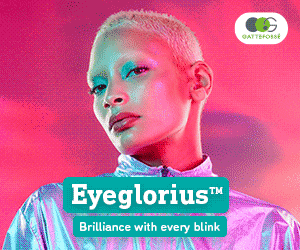Innovative study protocol to substantiate the antipollution claim
Nowadays, we are increasingly exposed to environmental pollution. A 2016 report by the World Health Organisation (WHO) identified that more than 90% of the world’s population live in places where air quality levels, in terms of the concentration of pollutants, exceed WHO limits.
Apart from being a serious health issue, air pollution is fast becoming an important challenge for the cosmetics industry. Air pollution is considered as the second most important cause of extrinsic cutaneous ageing (appearance of wrinkles and formation of pigmentary spots).
As the largest and most exposed organ, our skin is continuously in contact with a complex mixture of air borne pollutants. The main recognised air pollutants are:
- PM2.5: Particles less than or equal to 2.5 micrometres in diameter
- PM10: Particles less than or equal to 10 micrometres in diameter
- Volatile Organic Compounds (VOCs) including Polycyclic Aromatic Hydrocarbons (PAHs) and Halogenated Aromatic Hydrocarbons (HAHs): VOCs usually coat the PM2.5 and the PM10
- Sulphur dioxide and the oxides of nitrogen
- Tropospheric ozone formed by the photochemical reaction of VOCs with the oxides of nitrogen
Cosmetic products can play three essential roles against pollution, namely:
- Prevent pollutants from adhering to the skin surface, i.e., act as a barrier;
- Remove pollutants from the skin, such as cleansing gels, toners and mechanical cleansers; and
- Reduce the detrimental impact of pollutants while simultaneously regenerating the skin. Such products usually contain a high concentration of anti-oxidants to neutralise free radicals, and anti-inflammatories to fight against skin inflammation.
Today, there is a growing number of cosmetics manufacturers who are developing products that aim to protect the skin from the harmful effects of air pollution.
This is done despite the absence of standard protocols to prove the effectiveness of these products. As such, CIDP, an avant-garde and internationally recognised CRO, proposes novel standard methodologies to substantiate the anti-pollution claim of cosmetics products.
Innovative protocols at CIDP
For substantiate the “anti-pollution” claim, CIDP has set up a unique Pollution Exposure Device that allows in-vivo and ex-vivo skin to be exposed to defined and controlled concentrations of ozone or ambient dust, or a mixture of both.
For Blue Light claim substantiation CIDP has developed various monochromatic light sources at 410nm, 562nm and 462nm to set up in vitro, ex vivo and in vivo protocols.
Our anti-pollution protocol includes a combination of biophysical and biochemical evaluations, to objectively demonstrate the potential effectiveness of cosmetic products on biomarkers and the biophysical properties of the skin.
For more information contact
Véronique Newton – v.newton@cidp-cro.com
Bérengère Lombart – b.lombart@cidp-cro.com – +230 401 2600



